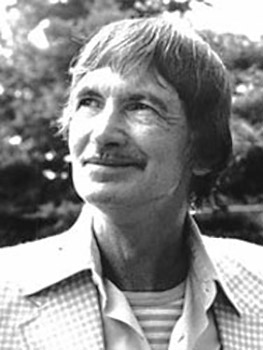Museum Movies
by Ralph Lucas – Publisher
(June 15, 2023 – Toronto, ON) A good friend from my Montreal days dropped by last week. Production Designer, Art Director and artist Paola Ridolphi was in town because she had been interviewed for an art installation movie (long delayed because of COVID), that was opening at Toronto’s Museum of Contemporary Art (MOCA). Titled Impostor Cities, the theme is based on all the non-Canadian cities that have appeared in movies and TV series that were actually shot in Canadian cities. Toronto being a stand-in for New York is a prime example.
Originally commissioned by the Canada Council for the Arts for the 2020 Canadian Pavilion at the International Architecture Exhibition of La Biennale di Venezia, the exhibit deals with “architectural identity and faking it, exploring the ways Canada’s buildings and cities double as other places in film and television.” Conceptualized and curated by Thomas Balaban, David Theodore and Jennifer Thorogood, the exhibit unfolds through film clips, video interviews and green-screen opportunities. As it states on MOCA’s website, “This multimedia project is a playful critique of cultural self-presentation, examining movies as powerful sites of architectural experience, expression and authenticity.”
Imposter Cities is running now and continues until July 23 at MOCA, 158 Sterling Road in Toronto. Click here to read more.

Meanwhile, there was an event in downtown Toronto I wish I had been here to see. It was Frame by Frame, a ballet inspired by the life and art of renowned Scottish-born Canadian animator Norman McLaren. Created by legendary theatre director Robert Lepage and gifted choreographer Guillaume Côté, the ballet debuted in Toronto in 2018 and returned for a short run from June 2 to 11. In the AGO’s publication Foyer, there’s an interview with Côté who talking about the director said “In his loops and abstract works, there is always the element of choreography. I admired how he crafted musical shapes moving through an abstract world. I also had seen his dance films, and I made a film called Lost in Motion, influenced by his iconic film Ballet Adagio (1972), made with dancers David and Anna Marie Holmes. It is a slow-motion study of the pas de deux adagio, one of the most exacting dances of classical ballet. To me it was just mesmerizing. Robert Lepage and I had been talking about how to bring that to life on the stage. I think dance is the best, best way to do so. When we began to dig in, I started seeing McLaren’s range as a human being. From doing all these abstract animations, to drawing directly on film, to arranging paper cutouts, to stop motion – his tenacity is mind boggling. His work process was fascinating to me because it was very much like ballet in a sense that it was all about perfectionism.”
Athough I missed Frame by Frame, I do plan to see McLaren’s painting White Birds, which is on view in the J.S. MacLean Centre for Indigenous & Canadian Art at the AGO. Painted in the last year of World War Two, the painting is described as “an emotional and abstract response to the chaos and cacophony of war and a hope for peace. It was also ahead of its time – engaging with abstract visual vocabulary as only few artists were doing then in Toronto and Montreal. Generously gifted to the AGO, by early McLaren musical collaborator Eugene (Jack) Kash, it was recently treated by AGO conservators and now reverberates brighter than ever.” Click here to read the full interview with choreographer Guillaume Côté.
![]() Ralph Lucas is the founder and publisher of Northernstars.ca. He began writing about film and reviewing movies while in radio in Montreal in the mid-1970s.
Ralph Lucas is the founder and publisher of Northernstars.ca. He began writing about film and reviewing movies while in radio in Montreal in the mid-1970s.


